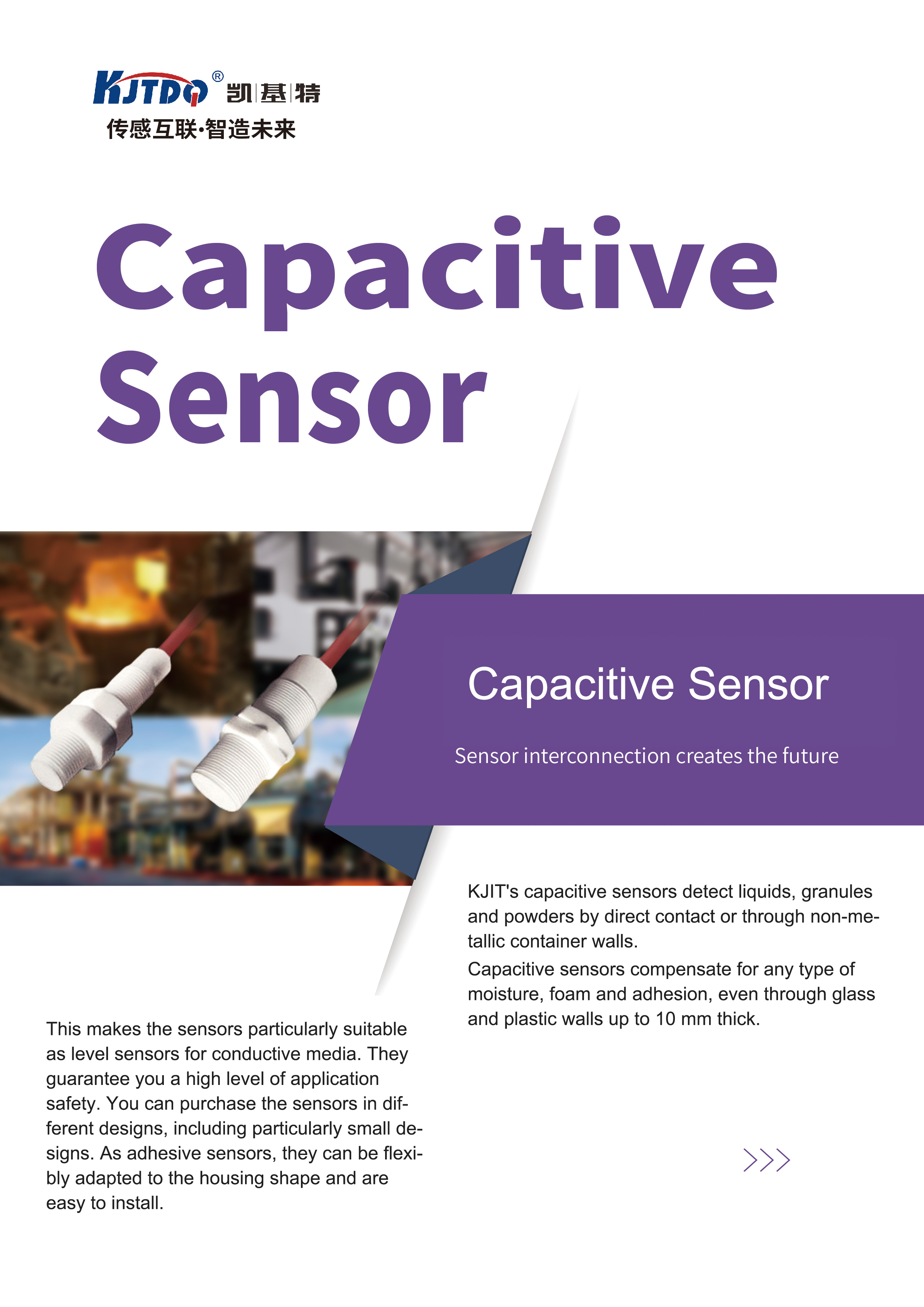
Проверка

Проверка

Проверка

Проверка

Проверка

Проверка

Title: 220V Proximity Sensor: Pioneering the Future of Industrial Automation The 220V proximity sensor has become a star product in the field of industrial automation due to its high sensitivity, wide application range, and stable performance. As an important component in modern industry, it not only significantly improves production efficiency but also plays a crucial role in safety production and cost control. The basic function of the 220V proximity sensor is to detect the presence or absence of an object within a certain range without direct contact. This non-contact detection method greatly reduces mechanical wear and increases system durability. In specific applications, proximity sensors are widely used for position detection, object presence detection, and as high-low liquid level alarms. For example, in automated assembly lines, they monitor the presence and position of components in real-time to ensure the accuracy and continuity of each production step, thereby increasing overall equipment effectiveness and reducing fault rates. Compared with traditional limit switches, 220V proximity sensors offer significant advantages in terms of stability and reliability. The magnetic induction principle eliminates common issues such as contact poor conductivity and switching failures, providing more stable service life and lower maintenance costs. Additionally, its IP67 waterproof rating means it can withstand harsh environments, expanding its service life and application range under extreme conditions. In terms of ease of installation and use, 220V proximity sensors are designed with user convenience in mind. Most models come with a threaded mount that simplifies installation and saves time. Some models also feature LED indicator lights that help users quickly identify working status and faults, further optimizing user experience and operational efficiency. As technology advances and application requirements become increasingly stringent, the 220V proximity sensor will continue to be optimized and embedded with more advanced technologies, such as increased intelligence and integration capabilities. Intelligent proximity sensors can communicate and exchange data with other smart devices, achieving better integration and coordination. This will bring more automation solutions to complex production lines, such as automatically adjusting production parameters based on monitoring data, thereby further enhancing production efficiency and flexibility. The widespread application of the 220V proximity sensor marks the further advancement toward intelligent manufacturing in the industrial field. Huge market potential and continuous technological innovation make it have unlimited prospects in future industrial automation. Choosing the right type of proximity sensor can not only optimize production processes but also provide enterprises with powerful support for coping with future market challenges. With continuous technological innovation and sophistication, industrial needs, the 220V proximity sensor will showcase more potential and play a greater role in corresponding fields.









